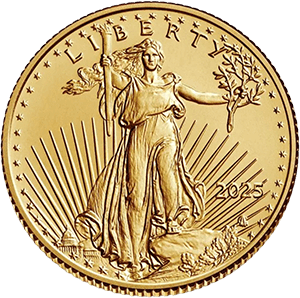On September 12, 1857, the side-wheel steamer SS Central America went down in a hurricane off the Carolina coast. About 425 people perished, and roughly 30,000 pounds (~13.6 metric tons) of California gold en route to New York banks was lost. The sinking became more than a maritime disaster, it tightened an already worsening specie shortage (lack of gold and silver coins) and helped fuel the Panic of 1857, a transatlantic financial crisis.
The Ship's Final Voyage
Originally christened SS George Law, the SS Central America ran the San Francisco–Panama–New York route, moving people, mail, and bullion from the California Gold Rush. On September 3, 1857, she departed the Panamanian port of Colón (then “Aspinwall”), stopped in Havana, and then steamed north into the Atlantic.
By September 9, the steamer encountered a Category 2 hurricane off the Carolinas. Over the next three days the ship took on water, her boilers struggled, and despite heroic efforts—including evacuations to passing vessels—the SS Central America finally sank on September 12, roughly 200 miles off Cape Hatteras. Only 153 passengers (mostly women and children) survived.
Contemporary engravings and newspaper reports captured both the chaos and the captain’s last actions.
Why the Cargo Mattered So Much
Mid-19th-century finance relied heavily on gold and silver to back notes and settle balances. In late summer 1857, cracks in the financial system were already evident: a prominent Ohio–New York financial house failed; railroad securities wobbled; and confidence in the value of the dollar thinned.
The expected gold shipment aboard the SS Central America was meant to replenish New York banks’ reserves, calming markets. Its loss did the opposite—intensifying funding stress and tipping banks toward “defensive suspensions” and loan recall
The Panic of 1857 (briefly)
Historians and central-bank economists describe the Panic of 1857 as a crisis born of overextended railroads, commodity swings, and fragile bank balance sheets—then rapidly transmitted via the telegraph-linked national economy. In that tinderbox, the SS Central America disaster was a high-profile spark. A suddenly missing wall of gold at precisely the wrong time.
The result:
- bank runs,
- railroad failures,
- collapsing trade credit, and a
- transatlantic shock felt in Britain and Europe
Recovery lagged until the 1860s.
Wreck Discovery and the Long Legal Afterstory
The wreck lay undisturbed for over a century until 1988, when a privately backed expedition located it at great depth and began recovering bars, coins, and artifacts. The discovery—technologically path-breaking—ushered in decades of salvage operations, litigation, and custody disputes that still fascinate maritime-law and numismatic circles.

What the Coins Tell Us
Among the most storied recoveries were 1857-S $20 Liberty Head double eagles and hundreds of gold bars. For today’s collectors, these pieces embody a dual identity:
-
Bullion value: the underlying metal weight, tied to the spot price of gold.
-
Numismatic value: mint, date, condition, rarity, and provenance
Here, the dramatic shipwreck story—can lift values well beyond melt, especially for high-grade examples conserved from the site. Major grading services and exhibits have showcased these coins, and trade publications have chronicled notable specimens.
.jpg)
A human tragedy remembered
The financial storyline often overshadows the human cost. Hundreds of families lost loved ones. Period illustrations and reports emphasize the rescue of women and children, the gale-torn decks, and the ship’s final heel. Anchoring the narrative in human terms matters—both for history and for why the event loomed so large in public consciousness and markets.
Timeline
-
Sept 3, 1857: Departs Colón (Aspinwall), Panama, bound for New York; stops in Havana.
-
Sept 9–12: Encounters a Category 2 hurricane off the Carolinas; takes on water.
-
Sept 12: Sinks ~200 miles off Cape Hatteras; ~425 lives and ~30,000 lbs of gold lost.
-
Fall 1857: News fuels a broader financial panic amid existing strains.
-
1988 onward: Wreck located; salvage and legal battles continue for decades; coins exhibited and certified.












